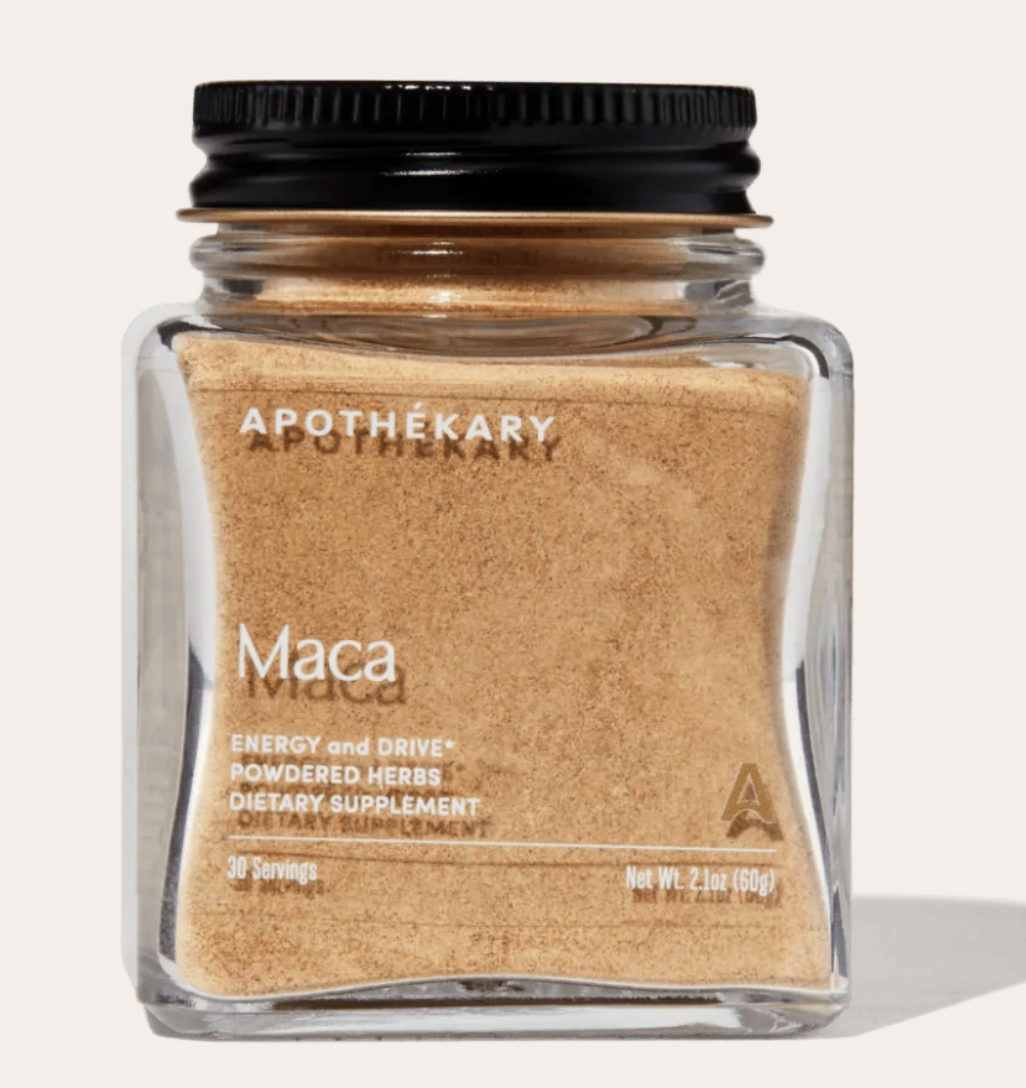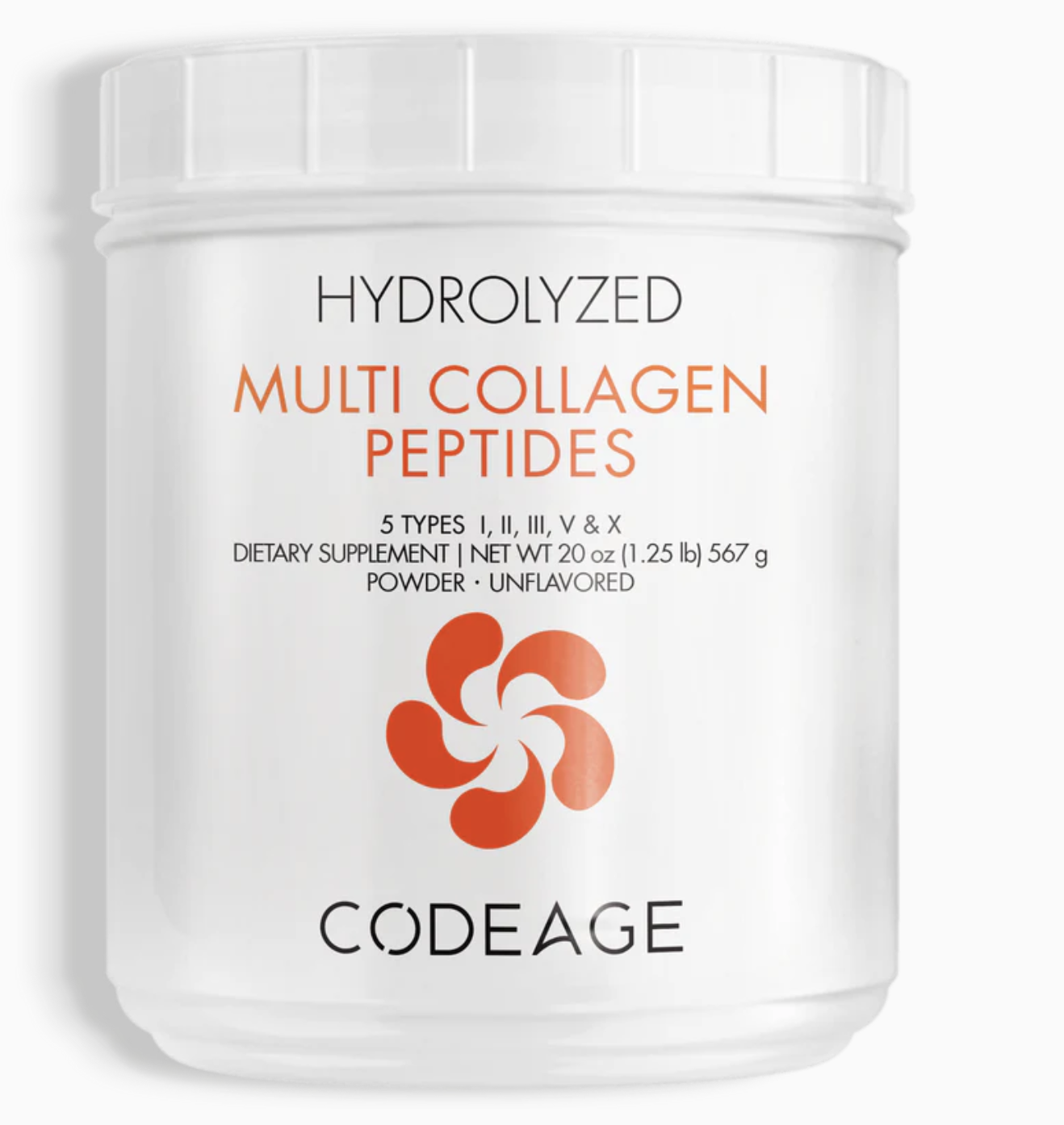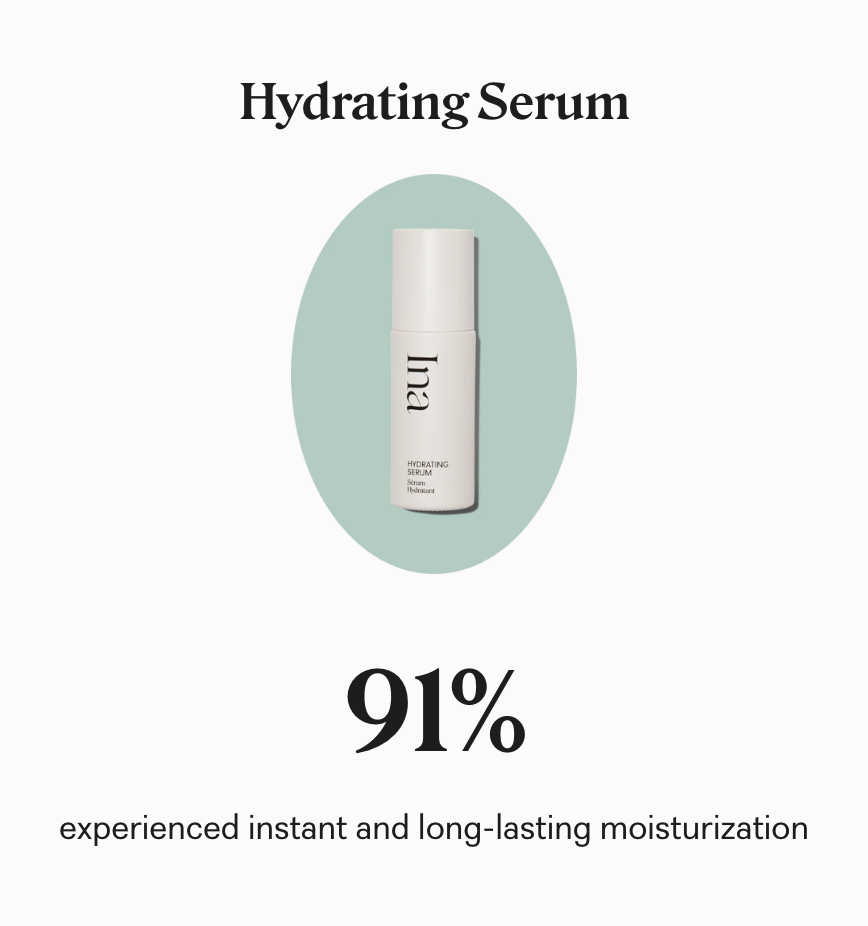If you’re a woman approaching menopause or already postmenopausal, you may be wondering if your uterine fibroids will shrink or disappear on their own. Uterine fibroids are noncancerous growths that develop in the uterus, and they’re more common in women of reproductive age. However, hormonal changes during menopause can affect fibroid growth and symptoms, and you may be curious about what to expect.
While it’s true that fibroids can shrink after menopause, the extent of shrinkage can vary from woman to woman. The reason for this is that fibroid growth is influenced by estrogen and progesterone levels, which decrease after menopause. As a result, fibroids may gradually shrink over time, but some women may still experience symptoms or require treatment. In this article, we’ll explore the relationship between menopause and uterine fibroids, as well as treatment options and when to see a healthcare provider.
Key Takeaways
- Menopause can affect fibroid growth and symptoms, but the extent of shrinkage varies.
- Fibroids may gradually shrink over time, but some women may still experience symptoms or require treatment.
- Treatment options and monitoring are available, and it’s important to see a healthcare provider if you experience symptoms or have concerns about fibroids.
Understanding Uterine Fibroids
Symptoms of fibroids include heavy menstrual bleeding, pelvic pain, or frequent urination. Uterine fibroids are noncancerous growths that develop in the uterus. They are also known as leiomyomas or myomas.
Definition and Types
Uterine fibroids are benign tumors that grow in the smooth muscle tissue of the uterus. They can vary in size and number, and can be located inside or outside the uterus. There are four main types of uterine fibroids:
- Intramural fibroids: These fibroids grow within the muscular wall of the uterus and are the most common type.
- Subserosal fibroids: These fibroids grow on the outside of the uterus.
- Submucosal fibroids: These fibroids grow just underneath the lining of the uterus and can protrude into the uterine cavity.
- Pedunculated fibroids: These fibroids grow on a stalk either inside or outside the uterus.
Causes and Risk Factors
The exact cause of uterine fibroids is unknown, but they are believed to be related to hormonal changes, particularly estrogen and progesterone. Fibroids tend to grow during reproductive years when hormone levels are high and may shrink after menopause when hormone levels decrease.
Other risk factors for developing uterine fibroids include:
- Age: Fibroids are more common in women between the ages of 30 and 50.
- Family history: If your mother or sister has had fibroids, you are more likely to develop them.
- Ethnicity: Fibroids are more common in African American women.
- Obesity: Women who are overweight are at a higher risk of developing fibroids.
If you suspect you have uterine fibroids, it is important to consult with your healthcare provider. They can perform an examination and recommend appropriate treatment options based on the size, location, and symptoms of your fibroids.

Apothekary Maca
Maca’s nutrient profile is impressive. It contains ample amounts of copper, vitamin C, and potassium–all essential nutrients for mood and energy.
Menopause and Hormonal Changes
Role of Estrogen and Progesterone
During your reproductive years, estrogen and progesterone are the hormones responsible for regulating your menstrual cycle and maintaining the health of your uterus. However, as you approach menopause, your body’s production of these hormones decreases, which can lead to the development of uterine fibroids.
Estrogen is known to promote the growth of fibroids, and the decline in estrogen levels during menopause can cause fibroids to shrink. However, the effect of progesterone on fibroids is less clear. Some studies suggest that progesterone may also promote fibroid growth, while others indicate that it may have a protective effect.
Perimenopause to Postmenopause Transition
The perimenopause to postmenopause transition is a period of hormonal fluctuation that can last several years. During this time, your body is adjusting to the decrease in estrogen and progesterone production, which can cause a range of symptoms such as hot flashes, night sweats, and vaginal dryness.
If you have uterine fibroids, you may experience changes in the size and symptoms of your fibroids during this transition. As your hormone levels decrease, your fibroids may shrink, and you may experience a reduction in symptoms such as heavy menstrual bleeding and pelvic pain.
Hormone therapy, including hormone replacement therapy (HRT), may be used to manage menopausal symptoms and can also have an effect on fibroids. However, the use of HRT in women with fibroids is controversial, as estrogen can promote fibroid growth. Your healthcare provider can help you weigh the risks and benefits of hormone therapy and determine the best course of treatment for your individual needs.
Symptoms of Uterine Fibroids
Uterine fibroids are non-cancerous growths that develop in the uterus. They are common in women of reproductive age and can cause a range of symptoms. In this section, we will discuss the symptoms of uterine fibroids, including common symptoms and symptoms post-menopause.

Hormone Happy
Contains a powerful blend of plant extracts shown to relieve symptoms of menopause.
Common Uterine Fibroid Symptoms
The symptoms of uterine fibroids can vary depending on the size and location of the fibroids. Some women may experience no symptoms at all, while others may experience one or more of the following:
- Heavy periods or prolonged menstrual bleeding
- Painful periods
- Pelvic pressure or pain
- Frequent urination
- Constipation
- Lower back pain
- Pain during sex
Symptoms After Menopause Bleeding and Fibroids
After menopause, the levels of estrogen in a woman’s body decrease, which can cause uterine fibroids to shrink. However, some women may still experience bleeding after menopause. These symptoms can include:
- Heavy or prolonged bleeding
- Abdominal or pelvic pain or pressure
- Frequent urination
- Constipation
It is important to note that some of these symptoms can also be caused by other conditions, so it is important to consult with a healthcare provider if you are experiencing any of these symptoms.
Fibroid Growth and Shrinkage
Fibroid Development
Uterine fibroids are noncancerous growths that develop in the uterus. They are commonly found in women of reproductive age and are known to grow in response to estrogen. Fibroids can vary in size, with some being as small as a pea and others as large as a grapefruit.
The growth of fibroids is influenced by several factors, including genetics, age, and hormonal changes. Estrogen, a hormone produced by the ovaries, is known to stimulate the growth of fibroids. As a result, fibroids tend to grow during pregnancy and may shrink after menopause when estrogen levels decrease.
Post-Menopausal Shrinkage
After menopause, the ovaries stop producing estrogen, which can cause fibroids to shrink. However, not all fibroids shrink after menopause, and the extent of shrinkage can vary.
In some cases, fibroids may stop growing and remain the same size after menopause. In other cases, fibroids may shrink by up to 50% of their original size. It is important to note that the shrinkage of fibroids after menopause is not guaranteed, and some fibroids may continue to grow even after menopause.
Fibroids can grow in response to estrogen and tend to shrink after menopause when estrogen levels decrease. However, the extent of shrinkage can vary, and not all fibroids will shrink after menopause. It is important to discuss any concerns about fibroids with your healthcare provider to determine the best course of treatment.
Treatment Options
If you are experiencing symptoms caused by uterine fibroids, there are several treatment options available. Your doctor will help you decide which treatment is the best option for you based on the size, number, and location of your fibroids, as well as your age and overall health.
Medications
Medications can be used to manage symptoms caused by fibroids, but they do not shrink the fibroids themselves. Nonsteroidal anti-inflammatory drugs (NSAIDs) can help relieve pain and heavy bleeding. Birth control pills can help regulate menstrual cycles and reduce bleeding. Gonadotropin-releasing hormone agonists (GnRH agonists) can shrink fibroids temporarily by blocking the production of estrogen and progesterone, but they can have side effects and are typically used for short-term treatment.
Surgical Procedures
Surgery may be recommended if your fibroids are causing severe symptoms or if you are nearing menopause. Myomectomy is a surgical procedure that removes fibroids while leaving the uterus intact. Hysterectomy is a surgical procedure that removes the uterus and sometimes the cervix, which is the most effective treatment for fibroids but is only recommended if you do not want to have children in the future.
Minimally Invasive Treatments
Minimally invasive treatments are alternatives to surgery and involve less recovery time and fewer risks. Uterine artery embolization (UAE) and fibroid embolization are procedures that block blood flow to the fibroids, causing them to shrink. Medications can also be injected into the fibroids to cause them to shrink, a procedure known as myolysis. Radiofrequency ablation and endometrial ablation are procedures that use heat or cold to destroy the lining of the uterus, reducing bleeding and pain. Uterine fibroid embolization (UFE) is a minimally invasive procedure that involves injecting small particles into the blood vessels that supply the fibroids, causing them to shrink.
Overall, there are several treatment options available for uterine fibroids, and your doctor will help you decide which treatment is best for you based on your individual circumstances.
Monitoring and Long-Term Management
Regular Health Check-Ups
After menopause, it is important to continue monitoring your uterine fibroids to ensure they do not grow or cause any complications. Your healthcare provider may recommend regular pelvic exams and ultrasounds to monitor the size and location of your fibroids.

During a pelvic exam, your healthcare provider will check for any changes in the size or shape of your uterus. An ultrasound can provide more detailed information about the size and location of your fibroids.
Lifestyle and Home Remedies
Making certain lifestyle changes can help manage the symptoms of uterine fibroids and improve your quality of life. Maintaining a healthy weight can help reduce the risk of fibroids growing or returning after treatment. Obesity and high blood pressure have been linked to an increased risk of fibroids.

Go With the Flow
Go With The Flow is a 100% plant-based supplement that supports you by providing menopause relief through herbal remedies.
In addition, some supplements and home remedies have been suggested to help manage fibroid symptoms. However, it is important to discuss any supplements or remedies with your healthcare provider before trying them.
Watch and wait is also an option for some women with uterine fibroids. This involves monitoring the fibroids over time to see if they grow or cause any symptoms. Your healthcare provider can help determine if this is a safe option for you.
Overall, regular health check-ups and lifestyle changes can help manage uterine fibroids after menopause. Discussing your options with your healthcare provider can help you make informed decisions about your long-term management plan.
When to See a Healthcare Provider
If you are experiencing symptoms such as discomfort, abnormal bleeding, or heavy menstrual bleeding, it is important to see a healthcare provider. While uterine fibroids are often benign, they can cause significant discomfort and impact your quality of life.
It is especially important to see a healthcare provider if you experience abnormal bleeding after menopause, as this can be a sign of a more serious condition. Your healthcare provider may recommend a pelvic exam or imaging tests to determine the cause of your symptoms.
If your healthcare provider determines that you have uterine fibroids, they may recommend monitoring your symptoms or pursuing treatment options. Treatment options can vary depending on the size and location of the fibroids, as well as your overall health and preferences.
Overall, it is important to seek medical attention if you are experiencing symptoms related to uterine fibroids. Your healthcare provider can help determine the cause of your symptoms and recommend appropriate treatment options to improve your quality of life.
Frequently Asked Questions
Can fibroids to cause bleeding after menopause?
It is rare for fibroids to cause bleeding after menopause. In fact, as women age and approach menopause, fibroids tend to shrink and symptoms usually improve. However, any bleeding after menopause should be checked out by a healthcare professional to rule out any underlying conditions.
What are the indications that a fibroid is diminishing in size?
Large fibroids may cause significant bleeding. The most common indication that a fibroid is diminishing in size is a decrease in symptoms such as heavy bleeding, pelvic pain, and pressure. Imaging tests such as ultrasounds or MRIs can also confirm a reduction in the size of the fibroid.
Can the presence of fibroids affect the symptoms experienced during perimenopause?
Yes, the presence of fibroids can worsen symptoms experienced during perimenopause such as heavy bleeding, pelvic pain, and pressure. However, as women enter menopause, fibroids tend to shrink and symptoms usually improve.
Is hormone replacement therapy (HRT) safe for individuals with uterine fibroids post-menopause?
The safety of hormone replacement therapy (HRT) for individuals with uterine fibroids post-menopause depends on the individual’s medical history and the type of HRT prescribed. It is important to consult with your healthcare provider to determine if HRT is a safe and appropriate treatment option for you.
Are there effective natural treatments for managing fibroids after menopause?
While there are natural treatments that may help manage symptoms associated with fibroids, there is limited scientific evidence to support their effectiveness. It is important to consult with your healthcare provider before starting any natural remedies.
Is a hysterectomy a recommended option for treating fibroids in postmenopausal women?
A hysterectomy may be a recommended option for treating fibroids in postmenopausal women if symptoms are severe and other treatment options have been unsuccessful. However, it is important to discuss all treatment options with your healthcare provider to determine the best course of action for you.

Seal the Deal
Perfect for those looking for a natural solution to support hormone health and energy levels.

Codeage Collagen
Collagen powder offering 18 amino acids, contains zero carbs, and is easy to mix into your daily routine.

Ina Labs
Say goodbye to discomfort. Solutions for vulvar dryness, intimacy, chafing, & more.
Can fibroids cause bleeding after menopause?
After menopause, the hormonal changes typically result in the cessation of menstrual periods. Any postmenopausal bleeding should be promptly evaluated by a healthcare provider. The evaluation may involve a physical examination, imaging studies (such as ultrasound or MRI), and possibly a biopsy of the uterine lining (endometrial biopsy).










